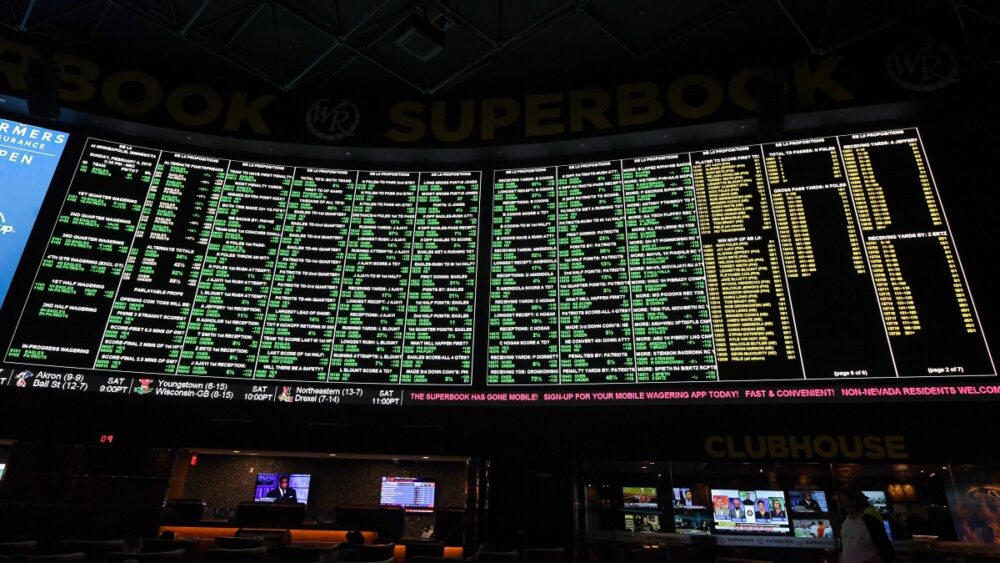The sports betting landscape has evolved significantly throughout the years. Once an activity confined primarily to physical settings, technological advancements have enabled remote and mobile accessibility. Integral to expansion are the complex mechanics underlying market operations, pricing models, and stake configurations defining the user experience. Examining such intricacies yield informed betting practices at All Slots Casino and decision-making amid intensified competition.
Key Concepts Guiding Market Developments
Unlike financial instruments, sports betting markets operate independent of external factors. Activity is solely determined by gameplay probabilities and betting tendencies. Pricing thereby reflects an implied probability rather than the potential upside of an asset. The balancing of bookmaker margins and player payouts characterize the give-and-take.
Operators utilize statistical modeling, injury reports, and matchup histories for projecting outcomes. Considerable weight is given to public perception for capturing anticipated betting patterns. The opening lines set aim at an equal distribution across both sides. Adjustments then ensue as lopsided tendencies become evident. The ultimate odds represent bookmakers’ final balancing act.

Standard Wagers Across Major Sports
The staple betting types hold consistent meaning irrespective of sport. Spreads, moneylines and totals constitute the most common stakes. However, the principles guiding their pricing differ by league given contrasting game formats and scoring frequencies. For example, NBA teams average over 100 points while Soccer matches generate around 2.5 goals on average.
Point Spread Wagers
Also termed handicaps, point spreads impose either an advantage or disadvantage upon a team to create an equal playing field for betting purposes. A favored squad expected to win by over 7 points, may be given a -7 point spread. Bettors would then either take the team at -7 if they still emerge victorious, or the underdog at +7 points. This serves to balance action regardless of inherent mismatches.
Moneyline Odds
A moneyline represents each side’s implied probability of victory without factoring any score differential. Simply selecting the winning team constitutes a successful bet. Favorites carry negative odds such as -120, entailing a $120 wager recoups $100 plus the original stake. Underdogs possess positive values like +150 — a $100 bet profits $150 plus the initial $100.
Totals and Proposition Bets
Totals concern the accumulative scores produced by both sides. Wagers assess whether the combined output eclipses or falls below a curated line. Basketball’s fast pace lends itself to high totals (~220 points) while soccer sees aligned figures (~2.5 goals). Proposition bets afford specificity, enabling one to stake over/under 6.5 rebounds for a player. These carry greater variance owing to narrow scopes.

Tracking Market Movements and Volumes
The real-time adjustments of prevailing odds serve to limit liabilities for operators while conveying critical information for bettors. Observing opening values versus closing prices hints at where the action is concentrated, helping identify potentially advantageous positions. The ability to track activity supplies further clarity.
Online books publish detailed records of placed wagers with percentages reflecting how bets are distributed. Table 1 displays a matchup with early action fixated on the favored squad, yet the margins tilt increasingly toward the underdog as game time nears. Discerning such movements aids betting strategies substantially. one may deduce value in pivotally backing the contrary side seeing where the market leaves openings.
Betting Distribution Progression on Hypothetical Game
| Time | Favored Team | Underdog Team |
| Open | %65 | %35 |
| 48 Hours | %61 | %39 |
| 24 Hours | %57 | %43 |
| 6 Hours | %52 | %48 |
| 0 Hours | %49 | %51 |
Factors Contributing to Market Inefficiencies
Despite sportsbooks’ extensive data modeling and relentless adjustments driving competitive parity, markets remain prone to inefficiencies from inherent complexities. Contrasting perceptions on team strengths, misreading public biases, or lagging responses to information leaves brief windows of opportunity exploited by sophisticated bettors.

Team Biases Skew Odds Setting
Public tendencies to overrate favorites and popular teams sway pricing beyond reasonable expectations. Squads like the Lakers and Patriots perennially carry spreads beyond justified given analytics. Knowledgeable bettors capitalize by repeatedly fading them.
Line Revisions Lag Behind Latest Information
Bookmakers employ considerable data but still necessitate reasonable delays before amending odds. Injuries, weather changes and roster adjustments occurring leading up to events forces cautious positioning. Savvy bettors immediately identify and leverage resulting discrepancies.
Modeling Inadequacies With Sparse Data
Proprietary algorithms guiding operators incorporate endless datasets excluding niche competitions with minimal history. Pricing therefore lags for lower division leagues, unfamiliar opponents and unprecedented matchups. Informed followers discern and exploit the resultant edge.

Inspecting market movements, public betting patterns and potential external factors enables capitalizing on momentary inefficiencies within sports aviator online. The mechanics behind sportsbook operations contain underlying complexities preventing absolute balancing. Determining one’s standings and reacting accordingly permits an analytical approach toward long-term successes.





